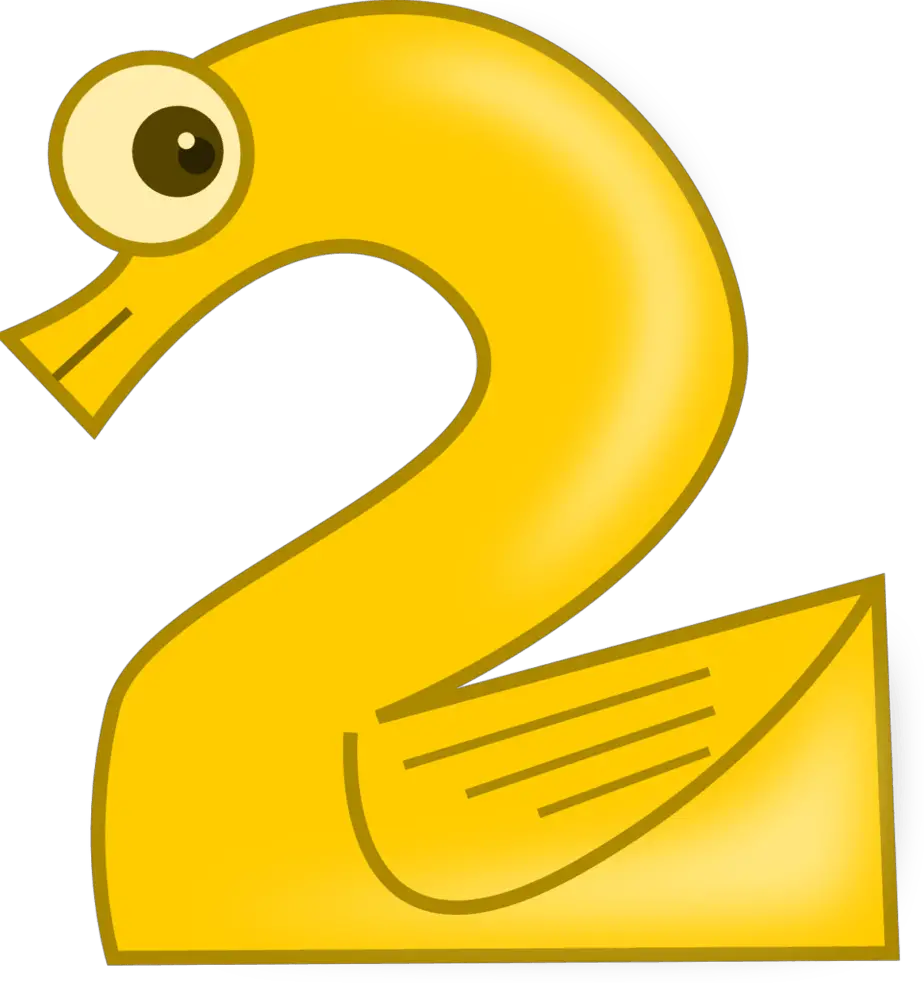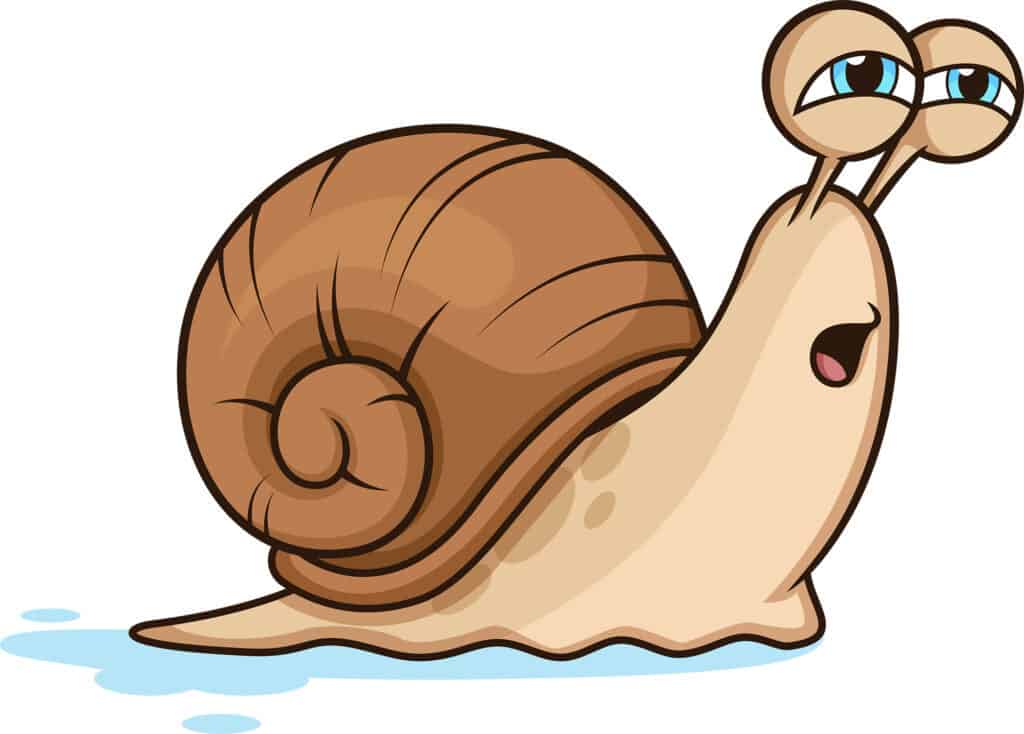
Learning two languages at once may seem like an impossible feat, especially for someone who is just beginning to explore new languages. In fact, most people would recommend not trying to learn two languages at once as the load on your brain may make it a little too confusing to actually retain what you are learning.
Spanish and French can be learned at the same time either simultaneously or in an alternating schedule. Preferably one will be started sooner than the other so that one remains at a higher level. This cuts down on confusing elements of vocabulary, grammar, or other concepts.
Research published in 2014 in Nature Reviews Neuroscience has proven that the brain is perfectly capable of learning two languages without negative affects on language acquisition. To help you along the way, we are going to give you 8 great tips to learning Spanish and French at the same time since those are two of the most popular languages that English speakers say they want to learn.
Contents
- 1 First: Choose One of the Languages to Be First on Your List
- 2 Second: Establish a Daily French and Spanish Schedule
- 3 Third: Alternate Between Spanish and French Often
- 4 Fourth: Talk to People Who Speak One or Both as Much as Possible
- 5 Fifth: Be Patient and Go Slowly
- 6 Sixth: Learn One Language Via Another
- 7 Seventh: Utilize Everyday Activities Outside of French and Spanish Study Times
- 8 Eighth: Listen to Current News in Spanish and in French
- 9 The Final Talking Point on Learning Spanish and French at the Same Time
- 10 More Sources
First: Choose One of the Languages to Be First on Your List

The first helpful tip to learning Spanish and French at the same time is to choose one of the languages to be the main language that you are wanting to learn. This language will be the one that you will spend the most amount of time on in the beginning, typically.
If you try to spend equal time on both, you may find that you progress slower than you would otherwise. This will also help you to not confuse the two as much like if you were putting the same amount of time and effort into both. Making sure that one is at a higher proficiency level than the other is crucial.
Confusion can definitely happen with Spanish and French because they are both Latin-derived languages, so you will find many similarities between the two. Once you have chosen the language you want to learn the most, you will start to notice words from each language that look alike and also mean the same thing, making it easier for you to remember each language.
Want help choosing which one to focus on more? Here is what I suggest. Take each of these free trials from the language learning sites that I and my husband use with students and family. Try them out today and you will get a first hand view of the learning system and of each language. Then you can make an informed choice.
Click here to sign up for a free trial for Spanish from the learning site I recommend.
Click here to sign up for a free trail for French on the language site I would suggest.
Important Consideration: Cognate Background for Spanish and French
These words that sound alike and have similar meanings are called cognates. (Source: Merriam-Webster)
Spanish and French are known as cognate languages because of their ancestral connection.
An example of their similarity (and cognate) is the word for pineapple. In Spanish, this is “anana” and in French this is “ananas”. (Source: ResearchGate)
Though in the long run this can make for some fast vocabulary acquisition, in the beginning stages of a student learning both languages, this could be a problem. Though this sometimes works out as learning one word for two different languages, it is not always so straight-forward.
Sometimes different pronunciations and spellings make them just dissimilar enough to cause the learner to not know which version to use in which language. This leads to the reason for targeting your most preferred language in the beginning.
Start Your Preferred Language First
There is a fairly good reason to start your preferred language first and then start the next one after passing the beginning stages. This simple scheduling issue can greatly increase your chances of making progress in both languages and cuts down on confusions which leads to frustration.
Many languages share similar starting points. A learner will learn the sounds and then combinations of sounds. There will be simple grammar concepts and word lists of vocabulary that are all similar among languages.
Much of this similarity in beginning levels of language learning makes sense, seeing as we do and talk about many of the same things on a daily basis using scaled down and simple language. This is a prime area for new learners to begin with, so that is usually what happens.
With this in mind, you can see that it is probable that if someone started both French and Spanish at the exact same time, they would be learning very similar vocabulary, phrases, and grammar. With both being Latin based languages, this could potentially become confusing enough to hamper motivation.
Should I Learn French or Spanish First?

Since it would be wise to choose one of the languages to be the main one that you focus on, which one should you choose?
There are many things to consider in order to figure this out. If you already know a language, which language out of French and Spanish is the most similar to the language that you already speak?
French or Spanish first? Other Important Considerations
Why Do You Want to Learn New Languages?
If you are wanting to learn because you watch a lot of Spanish-speaking shows or movies with the subtitles on, then Spanish may be the language you would want to put high up on your list. On the other hand, if your dream is to travel to France, then French would be the obvious answer.
If learning one language is better professionally, then that’s the logical choice. I know that it would have made much more sense for me to learn Spanish while working as a public school teacher in Los Angeles than French. Is one more suitable for your job than the other?
Is French Or Spanish Easier for Someone Who Only Speaks English?
If you are wondering which one is easier, the honest answer is that both are about the same complexity. Since Spanish is the fourth most spoken language, then it would completely fine to put more time into your Spanish. With that being said, French is the fifth most spoken language, so it would also be fine to put more time into your French.
The best way to decide which language you should learn first is to ask yourself why you are learning the languages in the first place. Are you traveling to either native country soon? Do you have relatives or friends who speak one over the other?
In the end, the easier one to learn is the one that you have the most motivation to learn.
If you are wanting to try out that trial that I spoke of before you can easily click here and sign up for free to learn Spanish, and here to sign up for free and learn French.
Second: Establish a Daily French and Spanish Schedule

The second tip to learning Spanish and French at the same time is to establish a study schedule. The best way to learn anything new is by studying daily, or at least as much as you can.
Here it is important to state an axiom that most successful language learners and teachers will agree on.
It is better to spend 15 to 30 minutes every day, than to spend 2 to 3 hours on one day. You will retain more and make faster progress overall.
This does not say anything about the quality of study or the method or study. This assumes that you have found the right program for you and are putting in the proper effort. This is concerned with the brain, how we learn, and getting focused results.
Tip: Establish a study schedule and stick to it.
The schedule that you make is completely up to you. You could decide to do French in the morning for about an hour, while you do Spanish for 15 minutes every night. You may even decide to spend a whole week on one of the languages, and then the other week on the other language.
No matter what you decide, be sure to come up with a schedule that works best with you so that you do not find yourself skipping studying sessions.
One of the easiest mistakes to make in language learning is to get distracted and feel that you have to ‘make up’ for lost study time. This is much less effective than simply getting back on track and holding yourself to a daily routine.
Can infrequent long study sessions provide benefit? Sure. There is much to be said about throwing your brain a curve ball every now and again. The point here is, to learn two languages like French and Spanish at once, you are going to have to be even more focused than someone learning one or even something in their native language.
Third: Alternate Between Spanish and French Often
Most people find that when learning French and Spanish at the same time, they will often get the two mixed up. The way best way to fix this problem is to alternate between the two.
- If you prefer learning from flashcards, then try mixing your French and Spanish cards up together so that your brain will get used to quickly changing from one to the other. Some popular French and Spanish flashcards are available at Amazon.
- Another way to help with this is to choose a day where you only speak, read, or listen to things in Spanish, then the next day, do the same thing with French. I’ve written more about this here.
Part of learning two languages at once is teaching your brain to be able to rapidly swap from one to the other. This will be very difficult at first, but training this skill will benefit you immensely, not only in learning Spanish and French, but also any other language in future.
It also helps you with swapping between your native language and learned languages faster. To learn more about how this affects your brain, you might want to check out this other article in which I address language learning and IQ.
Fourth: Talk to People Who Speak One or Both as Much as Possible
The next tip for learning French and Spanish at the same time is to talk to people as much as possible in the different languages. The best way to learn a language is to have conversations in that language so that you can learn how to put phrases together effectively and correctly.
If you don’t happen to have best friends or next door neighbors that speak French or Spanish, then you aren’t out of luck.
Here are some ways that you can have conversations, frequently, with other people in French and Spanish:
- Hire a tutor. You will want to make sure that you hire a tutor that is multilingual so that you can have a certain amount of time to speak French, then the rest of the time you can Spanish. You can find these types of tutors at Verbling or italki.
- Find apps or forums online. After looking around online, you will find that they are man people learning new languages all by themselves that desperately need people to have conversations with. Not only can find people to do this with you on Twitter or Instagram, but you can also go to HelloTalk.
- Sign up for foreign language classes. If you sign up for classes where other people are trying to learn, then you can easily find someone to have conversations with.
- Research language meet-ups in your area. If you live in a smaller city, this might be unusual but in larger metropolitan areas, it is very common for groups to meet at restaurants and libraries to work on language learning and practice with each other conversational skills. This is also, generally, free to do, minus your menu order.

When my husband was learning German and Spanish together he met some language partners that became truly good friends. One he spoke with literally every Saturday morning for over 5 years. We even took several trips to Germany to meet up with his German speaking partner and his wife who lived south of Munich.
This same language partner helped our daughter often by speaking with her over video chat, and when she went to Germany for her senior year of high school as an exchange student he was more than willing to become her in country emergency contact. (Thankfully, we never needed to use that option.)
This could not only help you on your journey to proficiency in either French or Spanish, you could develop connections and relationships that last a lifetime.
Fifth: Be Patient and Go Slowly
The fifth tip to learning Spanish and French at the same time is to be patient. For someone wanting to learn two languages at once, it would not be wise to try to move at a super-fast pace. Even saying it that way is not really capturing the message. Truly, you cannot push your brain faster than it is willing to go.
Simply putting in long hours of study to ‘hurry’ the pace will only frustrate you and may steal away your motivation. A solid pace is what will win this race. Not missing study sessions and keeping consistent will go much farther than trying to overload your learning process.
Many make the mistake of turning a long distance run into a full on sprint.
This could cause the French and Spanish to get jumbled up in your brain and make it harder to remember what you are trying to learn. The best thing to do is go slowly, and follow your study schedule, making sure that you are actually retaining all of the new information.

Sixth: Learn One Language Via Another
One proven method that many polyglots advocate is the learn one learned language through another learned language. This may sound similar to learning both at the same time, but there are some significant differences. This could be your main focus, or only part of your regular schedule to introduce that all important component: variety.
Here’s how it works.
- Get just above the basic level in one language (see above for choosing a preferred language.)
- Using the words, phrases, and concepts that you firmly know in the first learned language, start practicing the next language only using the first. Don’t use your native tongue.
- Keep time for each separately, but continue on a regular basis reviewing, learning, and correlating the two languages in this way.
What this does for the learning process is twofold. It solidifies the knowledge of the first learned language. The second learned language is effectively disconnected from your mother tongue.
The power of this is substantial. We tend, at least in the beginning and intermediate stages to constantly refer back to our native language and simply ‘define’ the new one by it. This can sometimes hamper the process.
Since our first learned language is not native, it is used less as a crutch and more as a tool. Many learners of multiple languages find this to be true. If you are wanting to learn Spanish and French at the same time, why not start one, and then learn the other through it?
This could really change the way you see language and language learning.
Seventh: Utilize Everyday Activities Outside of French and Spanish Study Times

An interesting concept in todays digital age when it comes to language learning is the use of media in all its forms. We use screens and audio visual stimuli in today’s world more than ever before. Why not use it to your advantage?
If you want to take on the challenge of learning Spanish and French at the same time, use your phones, laptop, tablets, and computers to keep the reminders of what you have learned constantly in front of you.
This is not about dedicated study time. That is more directed and needs to have time limits so that your brain can rest and process the information. What we are talking about here is simple everyday ques that tell your brain that these words and languages in general are important enough to remember.
Here is an example of what I mean.
- Change your computer or tablet language to French or Spanish
- Change your phones language to one of them
- Are you a gamer? Play your favorite video game (preferably one you have already played through) in Spanish or French
- Instead of watching your usual ‘cop drama’ in your native language, watch it in Spanish or French
Also by using some devices in Spanish and some in French you will be telling your brain that both are important. It will begin to prioritize recognizing and categorizing the things you see in these languages.
Eighth: Listen to Current News in Spanish and in French
How is this different than other media? The understanding of something in another language comes in bits and pieces. The more you know of course, the more you will understand. Yet, with the unique situation of learning both French and Spanish at the same time, you can use understanding in one to aid the other.
Most news programs are geared to around the low teenage intelligence level. This is done not to insult the viewers, readers, or listeners. It is purely a marketing concept. They can be sure to reach the most amount of people.
This allows for good language learning before reaching advanced levels. Another principle that marketing and the need to attract the largest audience brings is the primacy of some news and types of stories over others. If you are learning French and Spanish together, this is good news for you.
You can watch a Spanish news program or listen to a Spanish news related podcast and you will hear a selected group of stories and news facts. If you then switch to a French language news program you will undoubtedly hear many of the same issues, stories, and facts. This is simply how news works.
This will help you use the understanding you have in one language to help decipher what is being said in another. My husband said he does this with Spanish and German often. Then if you go to your native language and hear the days news as well, you will pick up even more of the meaning and begin to add vocabulary in the process.
Here are two YouTube news channels you can try out now!
The Final Talking Point on Learning Spanish and French at the Same Time
In conclusion, learning Spanish and French at the same time can be a lot easier than you may have initially thought. It just takes dedication and the right plan of action for your learning habits and interests. There is no absolute right answer that fits every person, but these tips can be universally applied.
By following these tips, you will be well on your way to being multilingual and highly impressive:
- Learn either French or Spanish past the basic level then add the other
- Establish a daily schedule
- Alternate between Spanish and French often
- Talk to people as much as possible
- Be patient and go slowly
- Learn one language through the other
- Utilize everyday activities
- Use sources in Spanish and French that say the same things like the news
Always work hard towards your language goals and never forget your motivation for wanting to learn these two amazing languages.
